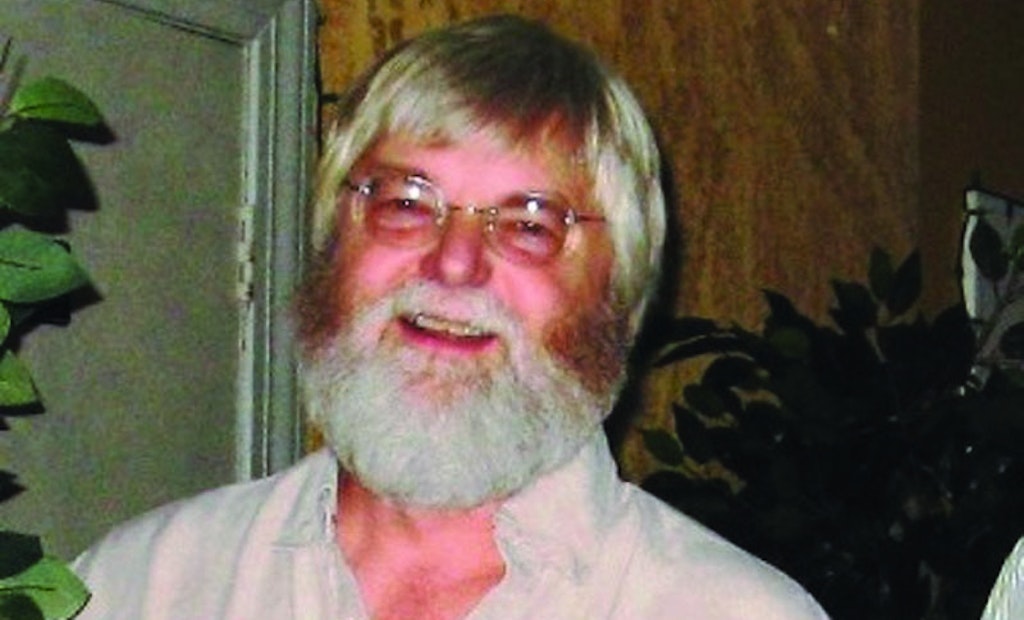In December 2002, Janice Cavanaugh was preparing for the Christmas holiday when her septic system failed. While the onsite system was being replaced, a sanitarian and member of the Connecticut Onsite Wastewater Recycling Association (COWRA) stepped in and halted a poor installation job. Cavanaugh was thankful for the professional oversight.
Little did Cavanaugh know at the time that five years later she would become the executive director of the organization of onsite professionals in a state where 40 percent of residents are dependent on septic systems. While she does not have an onsite wastewater background, Cavanaugh is a consumer who uses a septic system and appreciates the important role played by the members of COWRA in protecting the environment, public health and consumers.
What did you do when your septic system failed?
Cavanaugh: I did as anyone would do; I got out the Yellow Pages. I was just your average consumer. The local sanitarian, Thad King, was experienced and knew the installer was putting in an inappropriate system that was going to fail, and the fill he was using was junk and was not going to work. Thad fought with the installer and finally told him to stop and take out everything. The installer was really taking me for a ride and the inspector knew it. If not for [King], I would probably have had to install another septic system by now.
Inspections have become a big issue in Connecticut recently. How did that come about?
Cavanaugh: Two years ago, legislation was proposed that would have required a septic inspection for the sale of any commercial or residential building with a septic system. That sounds like a great thing for our industry. However, Connecticut doesn’t have a law about who can be a septic inspector; anyone can call themselves an inspector. And there is no protocol for doing inspections. There is suggested guidance, but nobody really knows what a septic inspection is in the State of Connecticut.
We have a lobbyist, David Evans, who has helped us for many years. Because he found out about this bill early, we were able to get to the committee meetings to inform legislators why it wouldn’t work. Everyone was up in arms about the bill and it died in committee.
It is a great idea for the industry because it will bring in work. It’s a great idea for consumers because they are going to pay the price for a bad inspection. So the state asked COWRA to help put together an inspection program, and that work is underway. One of our board members, Gary Yuknat of Shoreline Sanitation, is heading that up for us as a member of the state’s Code Advisory Committee. It is in its infancy and will take a long time.
Gary, how is that work coming along?
Yuknat: We’re putting together some prescriptive methods of septic inspection. There is no one way to do an inspection, so everybody goes off on their own. It could be a two-minute inspection or four hours. We’ve been working on it for about a year and it’s moving forward. The challenge is how you determine a result. Everyone is looking for a definitive answer. Things aren’t pass-fail in this business, sometimes they are a little more subjective because there are so many variables.
Are there other issues on the horizon in Connecticut?
Cavanaugh: The Department of Public Health is writing new technical standards for residential and smaller systems that are going to come out in 2015. We have a very good relationship with the Department of Public Health [standard septic systems] and the Department of Energy and Environmental Protection [alternative treatment systems and those greater than 5,000 gpd]. They are a great group of people who really care. But sometimes, things sound really good in theory but don’t work in practice. Getting the people who make the laws sitting down with the people who are installing the systems is very conducive to coming up with policies that work for both.
Yuknat: The Code Advisory Committee updates the standards every couple of years. A lot of it is because of new technologies and when we discover some changes that need to be made on things that have been approved. There is nothing big coming, just some fine-tuning.
Cavanaugh: I don’t know how people who aren’t members of COWRA stay up to date with changes to the laws and guidance. Our 340 members represent a much larger number of onsite professionals in their companies who care about their work product and a standard of excellence, those people who want to go out and do the right thing. But there are around 2,800 licensed installers in the state.
Our membership is made up of pumpers, installers, cleaners, local sanitarians, regulatory officials, civil engineers, suppliers and those who do inspections. We want a real good working relationship between the industry and the regulators, especially the local sanitarians. Many of them have never installed a septic system; it would be nice if they took our courses so they knew what we were dealing with.
What is COWRA’s role in training onsite professionals?
Cavanaugh: We have a Septic Installer School that we do as a courtesy to the state because they don’t have a training program for people to get a license. The state approves our study guides to make sure we are teaching the information that is needed.
The class meets on six consecutive Thursday nights for 3 1/2 hours, with one night set aside for a Pumper/Cleaner School that includes people who just want to do that and don’t need the installer license.
One of the problems in Connecticut is that the economy hit the housing market so badly. We used to have 60 to 80 people taking our installer classes. The last few years it’s been around 30.
One reason is that part of the license requirement is that you do four installations under someone else’s license and have a local sanitarian sign off on them. That’s a great internship and shows that you can put in a viable system. But with the housing market, we don’t have many installations. It’s been very hard for young people trying to enter the field.
We do have experienced installers taking the course sometimes. Not to take the test again, but just to learn the material. The industry isn’t what it was years ago and there are no continuing education credits required in Connecticut.
The state does offer classes such as a really good course on soil testing. It’s a great program and we suggest our members take it because it’s real helpful if an installer has a good understanding of soils. The state has suggested that they would like some continuing education requirements and I believe there will be in the future.







